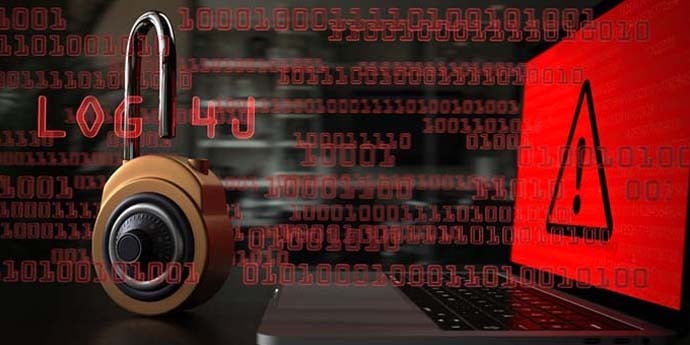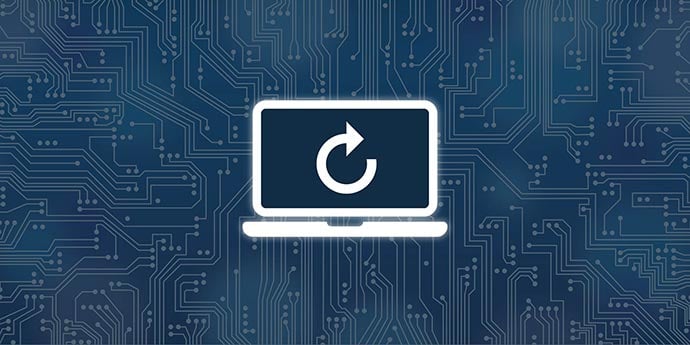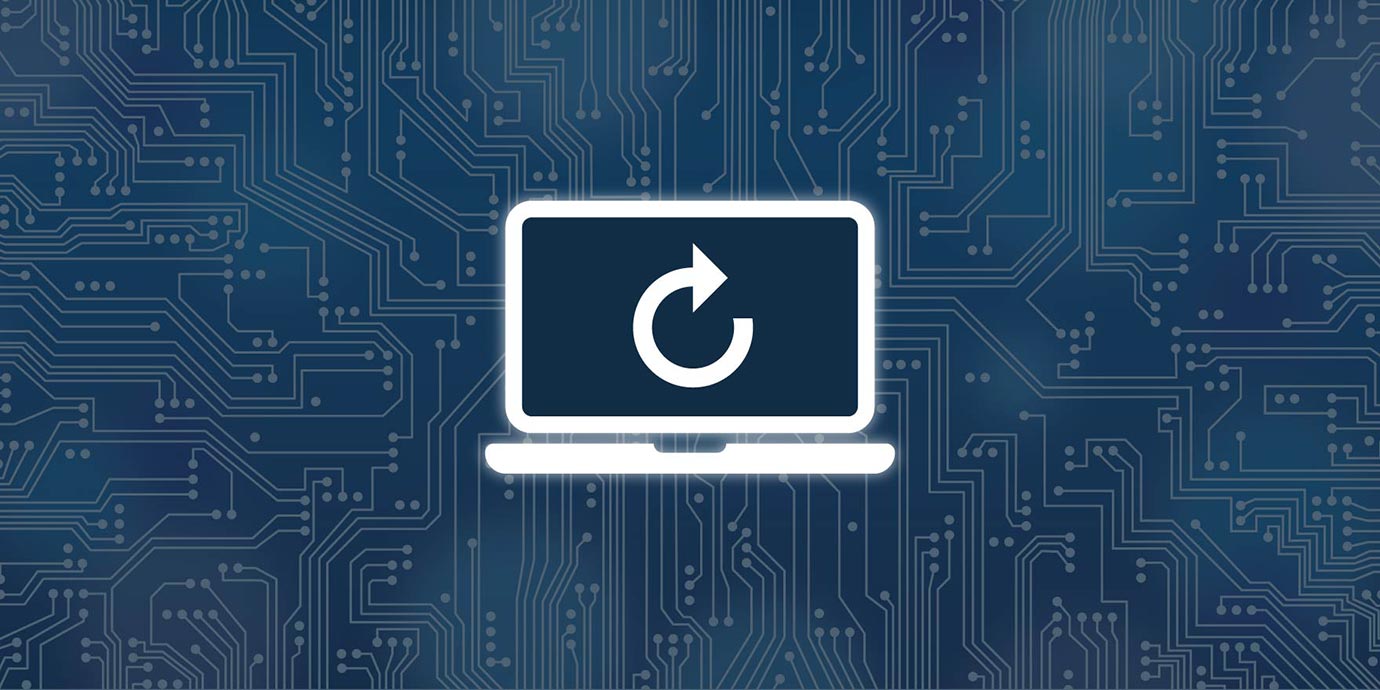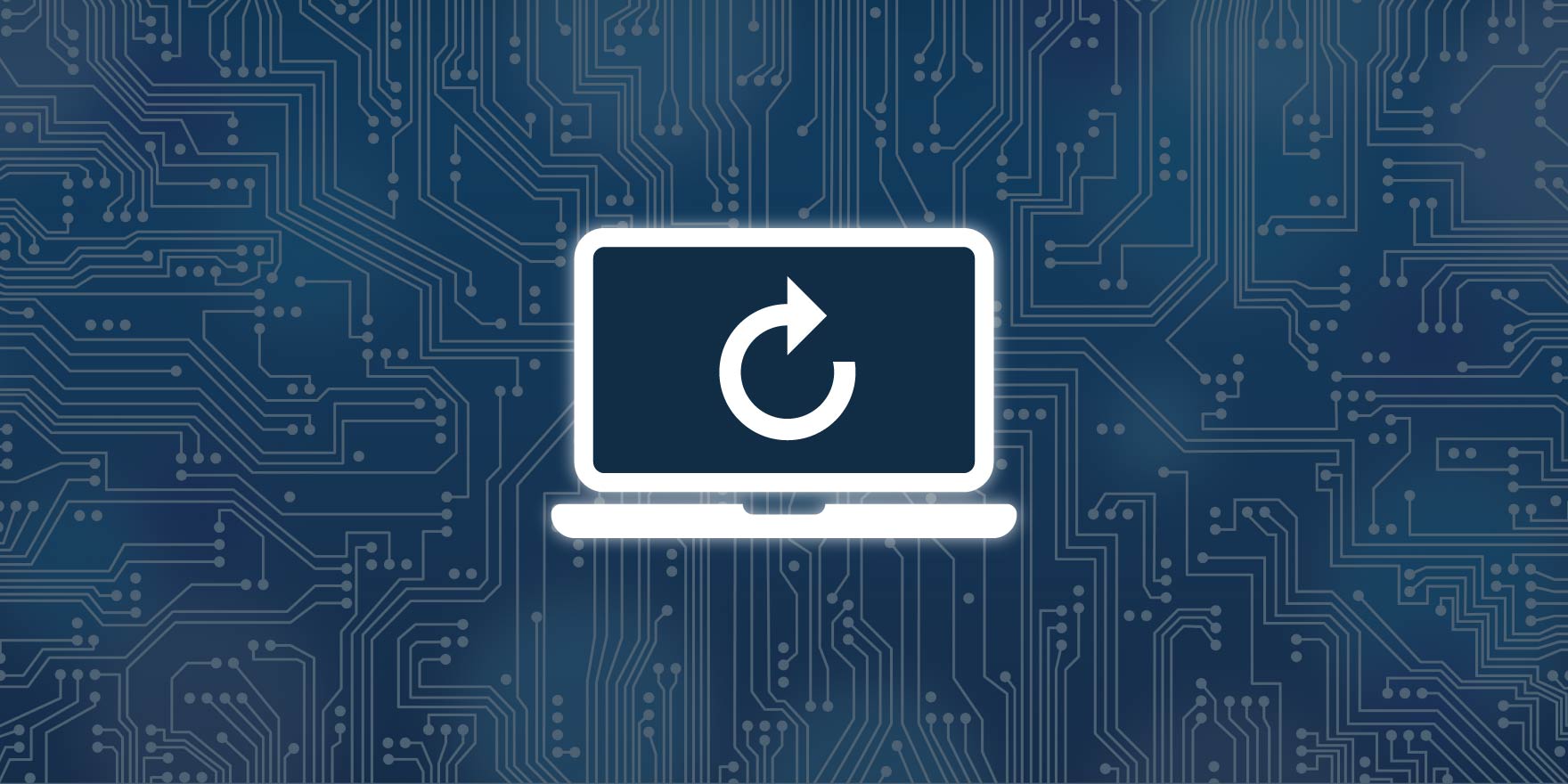
Log4j Vulnerability Explained
Everything you need to know about the Log4j vulnerability; what it is, how it occurred, and how best to protect your business from being exploited by the vulnerability.…




Rajnish Ghaly
Security Blogger
17th November 2022
Patching is a huge cyber security challenge that many organizations fail to satisfy. Applying security updates is a time-critical responsibility of IT and security teams as part of their risk management. Although patch management is integral to the ongoing maturity of your security posture and a security best practice, businesses can struggle to maintain a regulated patch management cycle. This is due to the number and types of IT assets within an organization, the use of third-party applications, and the logistical challenge of applying patches to all end-user devices for remote workers.
In 2021, we found that outdated and vulnerable components ranked as the most common critical weaknesses during penetration testing. Wider research also shows that unpatched vulnerabilities continued to rise in 2021, with the number of new vulnerabilities that were tied to ransomware increasing to 288. That is a 29% rise compared to 2020.
In this blog, we define patching, explain why patch management is important, the costs of not applying patches, and the importance of updating your systems and third-party software regularly.
Patching is the process of applying updates, or patches, to operating systems, software and devices, to address security flaws that could leave your organization vulnerable to cyberattacks. A patch is a piece of code that is designed to fix security weaknesses or faults in existing software. Patches can be applied manually by IT security teams, system administrators or by an automated tool - the latter being the more efficient solution for applying multiple security fixes across an organization.
Effective patch management should follow these steps:

Patch management is crucial to secure your business from cyber threats, and it should form a fundamental part of any cybersecurity strategy. A robust patch management policy reduces the risk of cyberattacks by applying security updates to vulnerabilities that could be exploited by an attacker. The more applications and devices your business uses, the more vulnerable you are to risk, so it’s imperative to keep everything up to date.
Not only does patching strengthen your security posture, but it will also help your business stay compliant with certain standards and regulations. For example, keeping devices and software up to date is one of the five controls of Cyber Essentials. Patching is vital for data protection. Preventing data leaks from unpatched vulnerabilities will help your business avoid financial and reputational damage as a result of breaches and non-compliance.
Patch management is also essential for keeping your operating systems, applications and endpoints running at their optimum level. This will arm you with the latest features and help to improve system performance.
Unpatched systems are an acceptance of risk that could prove fatal to your organization. That is why security updates should be applied to your systems and applications as soon as it is practical. It’s only a matter of time once vulnerabilities are disclosed that attackers will find an opportunity to develop an exploit.
In 2017, when hacker group Shadow Brokers leaked the Eternal Blue exploit, it led to the devastating WannaCry ransomware attack. It was the biggest cyberattack to hit the NHS and affected unpatched Windows machines, costing the National Health Service an eye-watering £92m in damages.
The solution to avoiding data breaches and cyberattacks from unpatched vulnerabilities should start with an efficient patch management program:
Look for security solutions that combine vulnerability scans with threat management tools. By organizing your vulnerabilities by severity, you can prioritize which systems and applications require patching first. This means you save time and money while achieving the highest level of security from your efforts.
Patching should be considered a baseline security measure. With unpatched vulnerabilities increasing and becoming one of the leading cyber security risks to businesses, the need for a well-organized patch management program is greater than ever before.
Unpatched systems demonstrate a reactive IT team, constantly playing catch-up and leaving your business vulnerable to attack. It's important to implement solutions that will support your existing teams to identify, manage and deploy security patches to ensure vulnerabilities are patched on time, and help your organization maintain a robust security posture.

Rajnish Ghaly
Security Blogger
Share this article

Everything you need to know about the Log4j vulnerability; what it is, how it occurred, and how best to protect your business from being exploited by the vulnerability.…

As much as we try to avoid them, cyberattacks are a fact of life. There’s no doubting that the internet brought about heaps of benefits for both our personal and business lives…

As an IT manager, you’ll know that cybersecurity is a specialist subject with its own skillset, certifications, and technologies…

Looking back over the data from the past year always brings mixed feelings. There’s a sense of great achievement as we see unique technologies…
Get actionable cyber security advice and insights straight to your inbox.